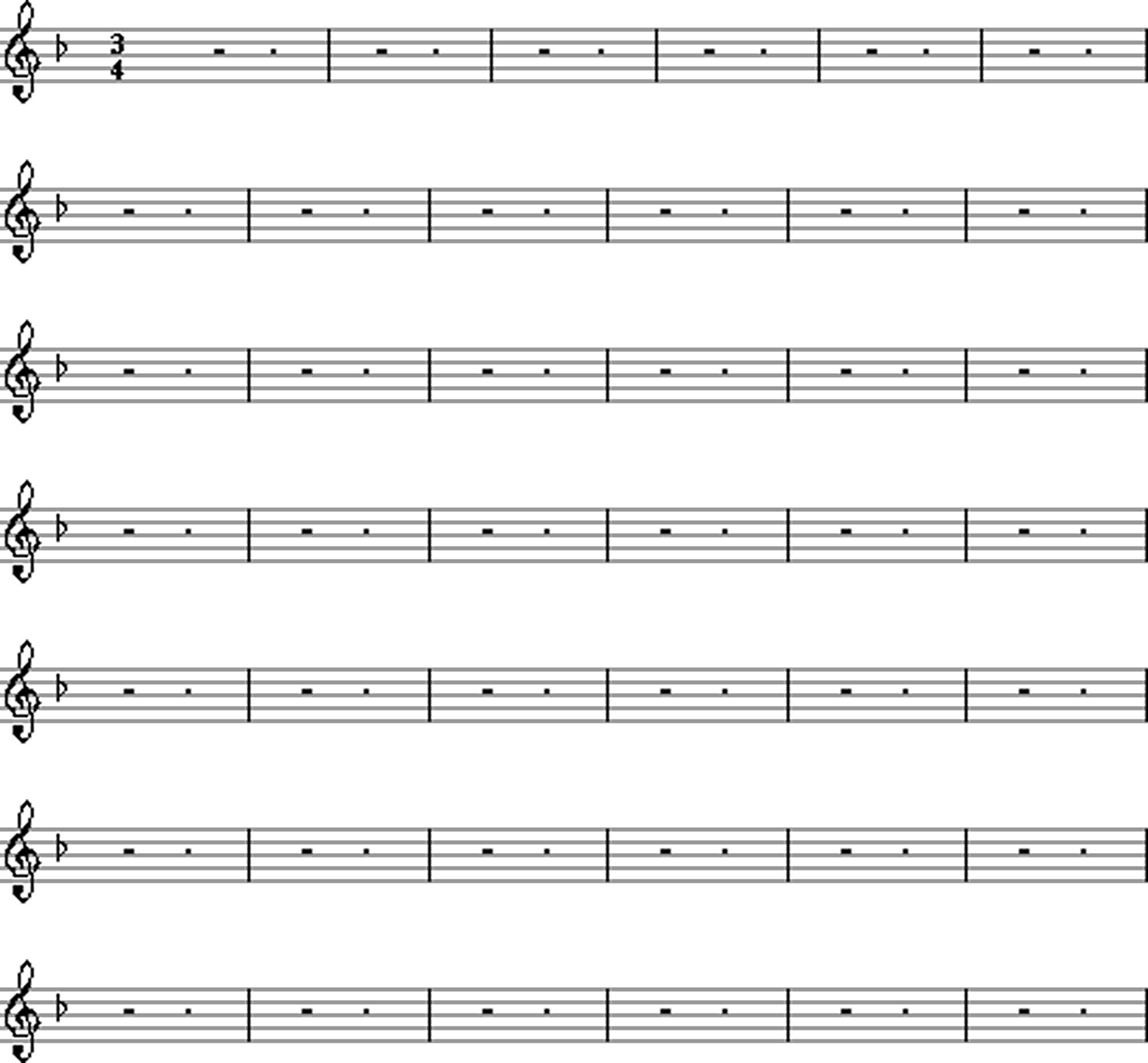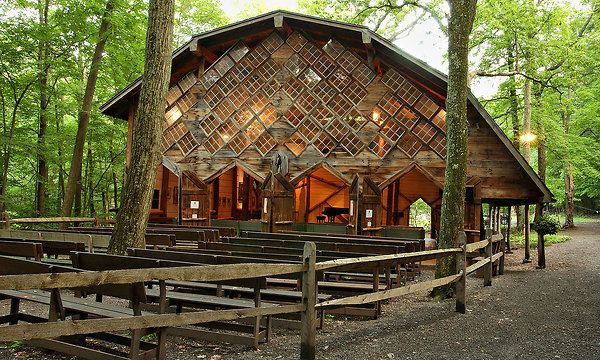Challenge
The central challenge was designing a VR experience that directs the user’s attention away from the visual medium and toward the sounds outside the headset. Traditional VR experiences rely on a combination of detailed visuals and carefully designed soundscapes to engage users. Games like Superhot, Beat Saber, and Half-Life: Alyx seamlessly integrate audio-visual elements to heighten immersion. Wizard of Oz VR, however, disrupts this convention by eliminating in-game audio, leaving users in a state of uncertainty and curiosity. To achieve this effect, I developed a technique called VR Suspense, where environmental design builds a sense of anticipation but never delivers a predictable event. This creates a liminal space—where something should happen, yet nothing does—encouraging users to focus on the silence and, ultimately, their real-world auditory surroundings.

Deliverables
A key part of the project was creating a digital replica of Maverick Concert Hall in 3D and importing it into Unity. This allowed me to faithfully reconstruct the space, capturing its architectural details and atmosphere while adapting it for VR. The VR Suspense effect was further enhanced through intentional environmental storytelling. The experience begins in a dense, quiet forest, where users find themselves facing the virtual Maverick Concert Hall. Free to explore, they may wander around, unsure of what awaits them. As they enter the concert hall, they are met with an intentionally minimalistic space—an empty stage, a single chair. The design subtly suggests that the user should sit down, mirroring a physical chair in their real-world space. As soon as they take their seat, a figure appears—the composer. Silently, he walks toward the piano, lifts the lid, and prepares for a performance. The user waits, expecting to hear something, but the sound never comes. The silence lingers, unsettling yet profound, directing the user's attention outward to the natural sounds beyond the VR headset.
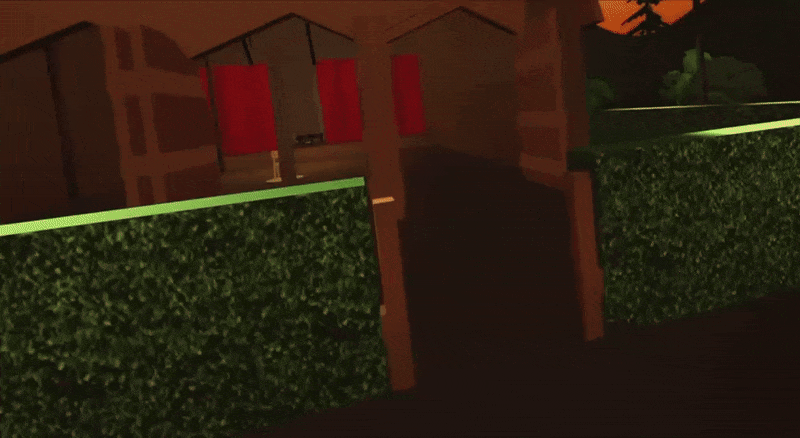
Inspiration
The inspiration for Wizard of Oz VR came from John Cage’s 1952 composition 4’33”, a groundbreaking piece that redefined the role of silence in music. When it premiered, performer David Tudor played no notes; instead, the composition was formed by the natural ambient sounds of the concert hall—whispers, shifting seats, distant rustling from the surrounding forest. This concept of a soundscape, a term later popularized by R. Murray Schafer, became the foundation for this project. By extending this idea into VR, Wizard of Oz VR invites users to become more aware of their immediate environment rather than being fully absorbed into the digital world. Regardless of where or when they are experiencing the project—whether in a house or an apartment, in winter or summer—users are encouraged to listen deeply to their surroundings. The experience mirrors what it might feel like to visit Maverick Concert Hall virtually, embracing the ambient sounds of the real world rather than artificially generated ones.
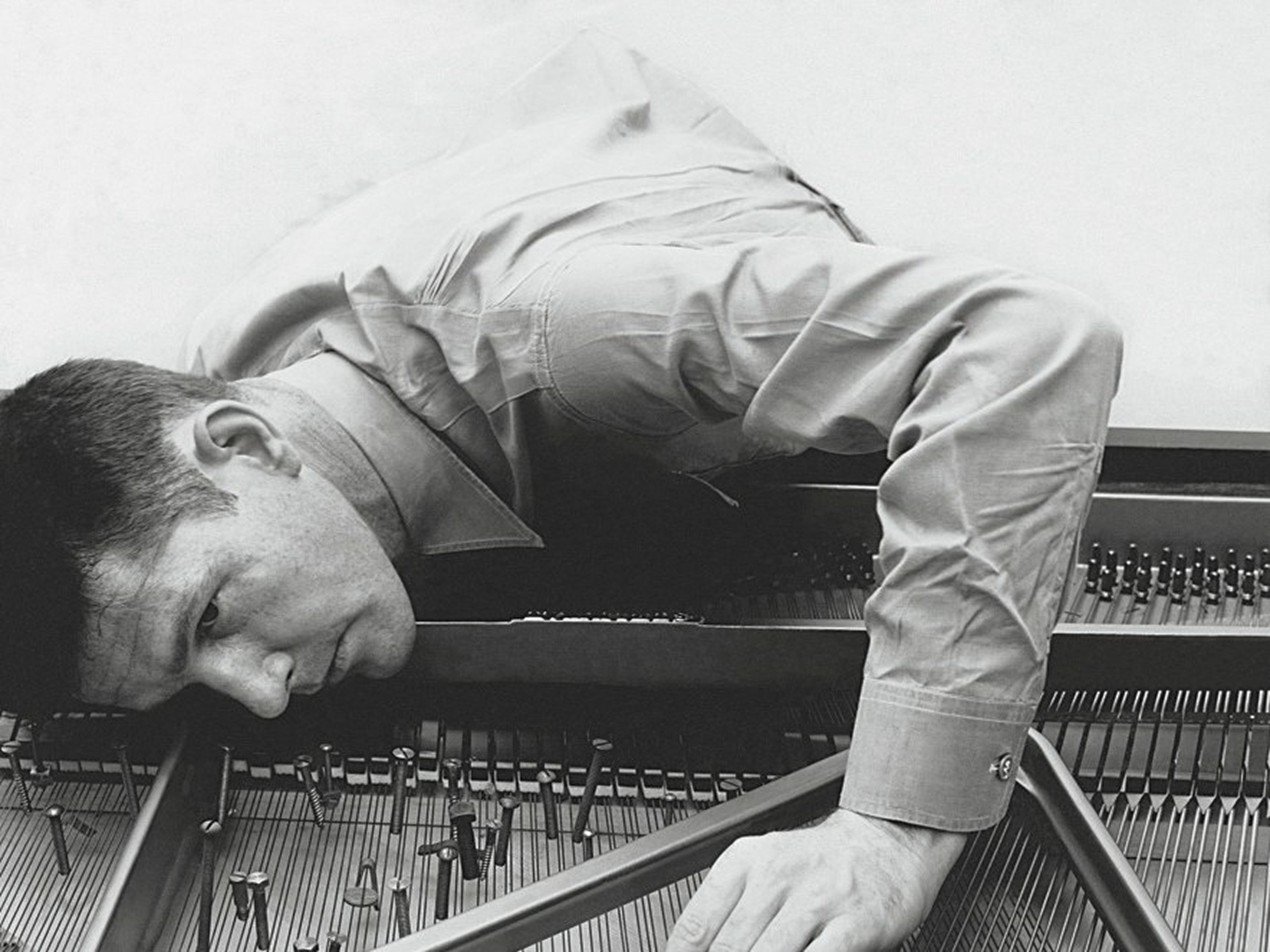
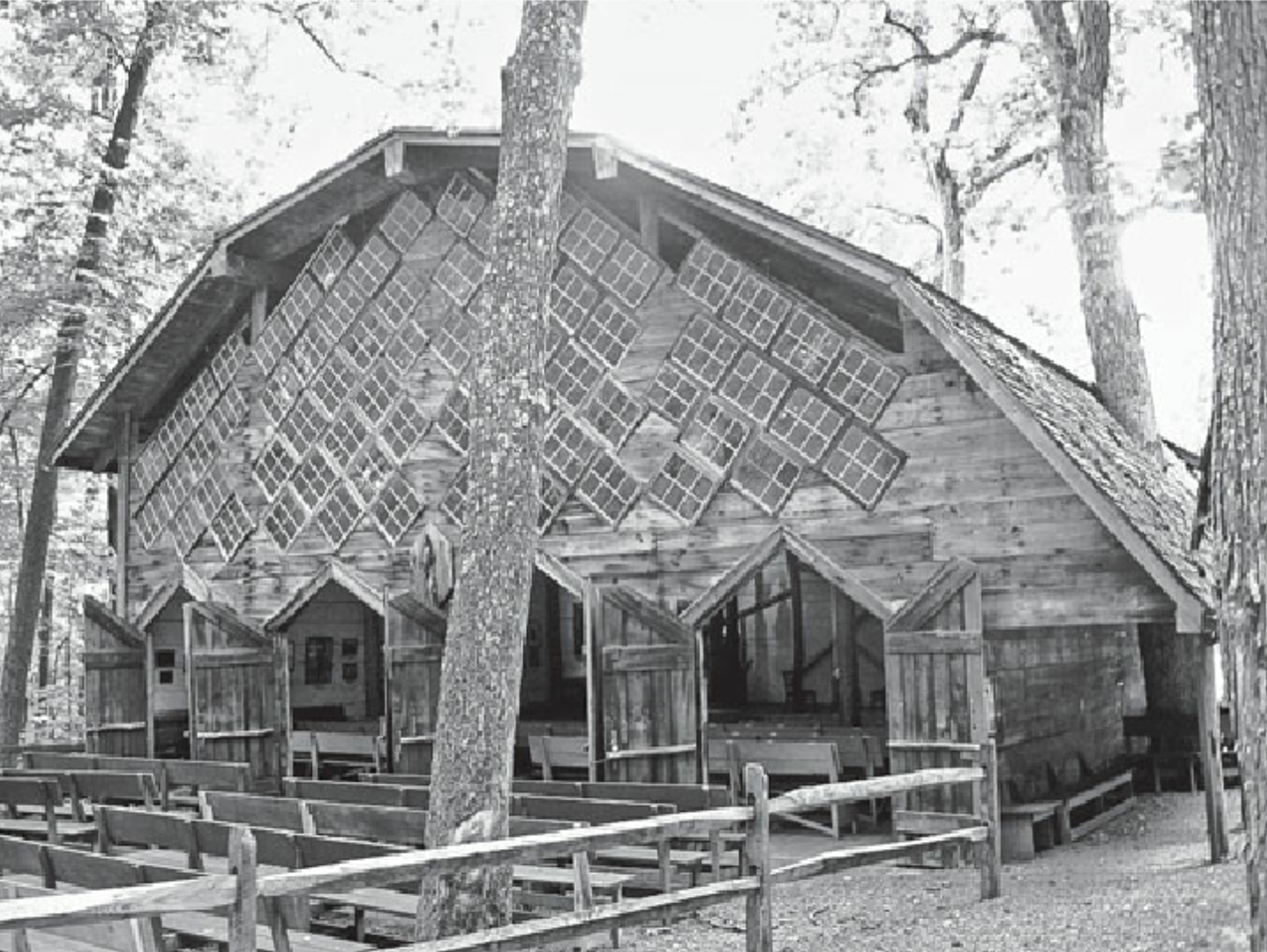
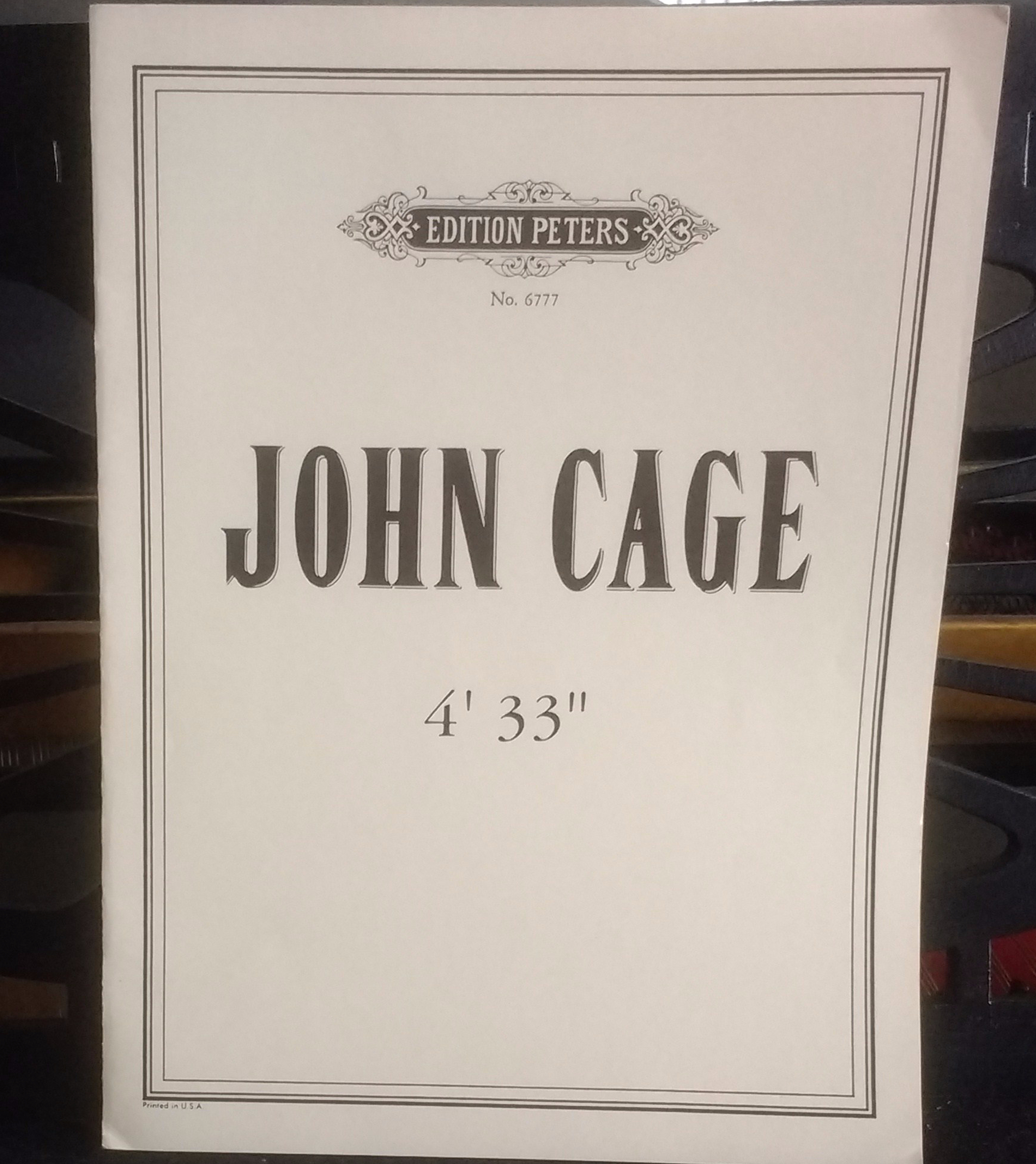
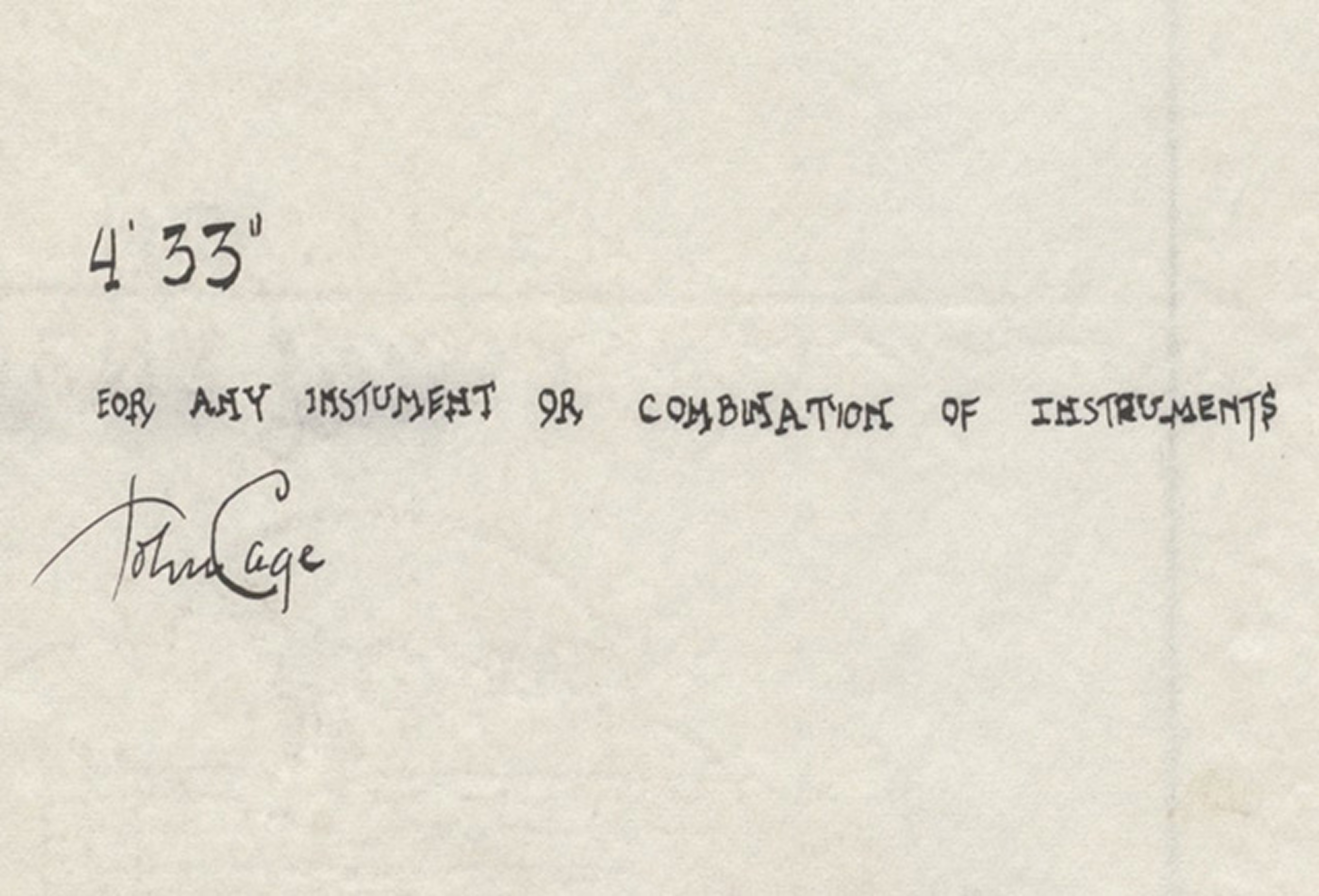
Process
Through an iterative process of sketching and prototyping, I explored various architectural and environmental designs that reinforced the project’s core themes. Several iterations of structures and landscapes were tested to fine-tune the overall mood and aesthetic. The final design included: An expansive open-world setting that encouraged free exploration. Low-poly yet visually striking structures that merged elements of modern architecture with wasteland aesthetics. Interactive zones where users could engage with scholarly content in a non-traditional format. A fluid navigation system that allowed seamless movement through the virtual space. My work received positive feedback from representatives at the University of British Columbia, who noted parallels between my visual style and the university’s architectural designs. This interplay of opposing themes added an element of irony, reflecting the intersection of scholarly research and cutting-edge VR technology.
Achievements
Currently in its MVP stage, Wizard of Oz VR has been tested on a small group of participants to evaluate its impact and reception. Some users instinctively listened for non-existent in-game white noise, believing it to be part of the experience. Others noted the difficulty of fully engaging with both the VR space and the real-world soundscape at the same time. Some participants suggested incorporating an interactive element, allowing them to compose their own soundscapes within VR. These insights have opened new possibilities for refining the project. While Wizard of Oz VR remains an ongoing exploration, it has already succeeded in challenging conventional expectations of VR and sound design. Future iterations may explore ways to enhance the experience while maintaining its core objective—encouraging users to listen beyond the boundaries of the virtual world.
